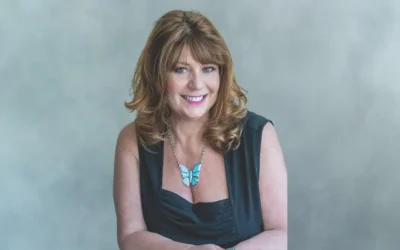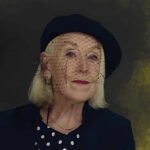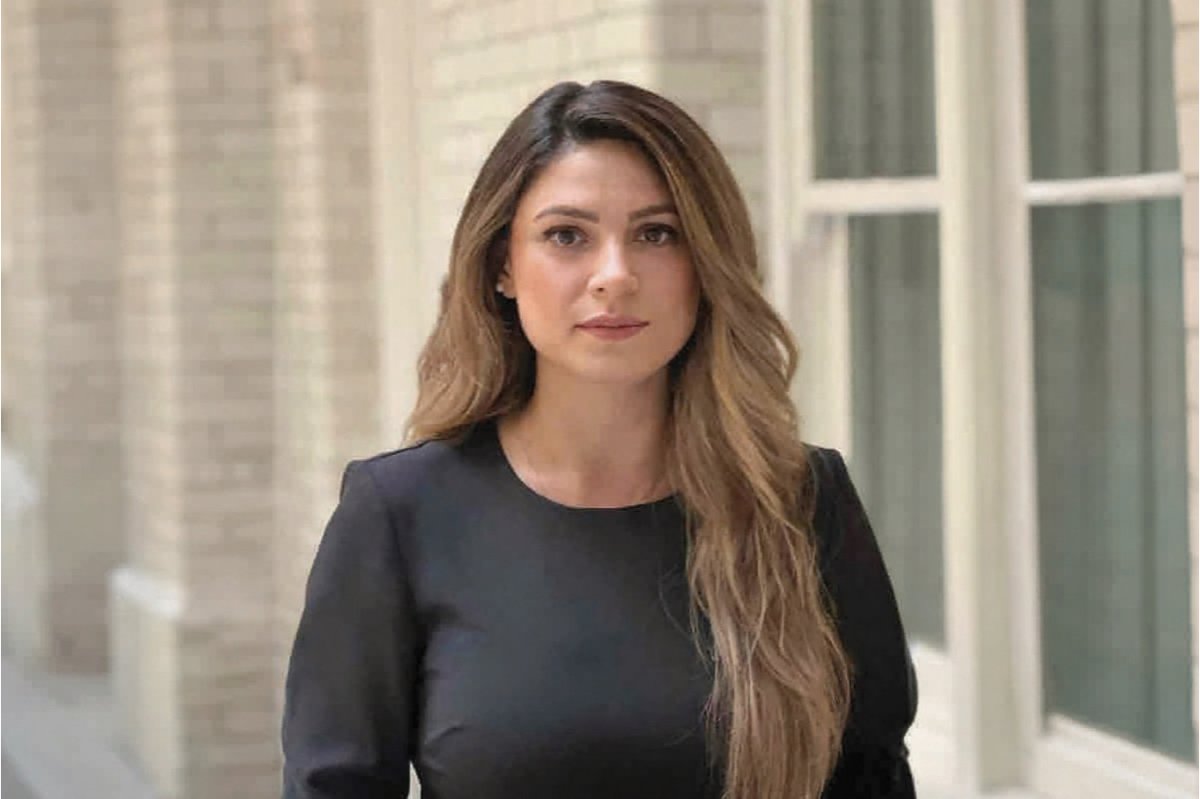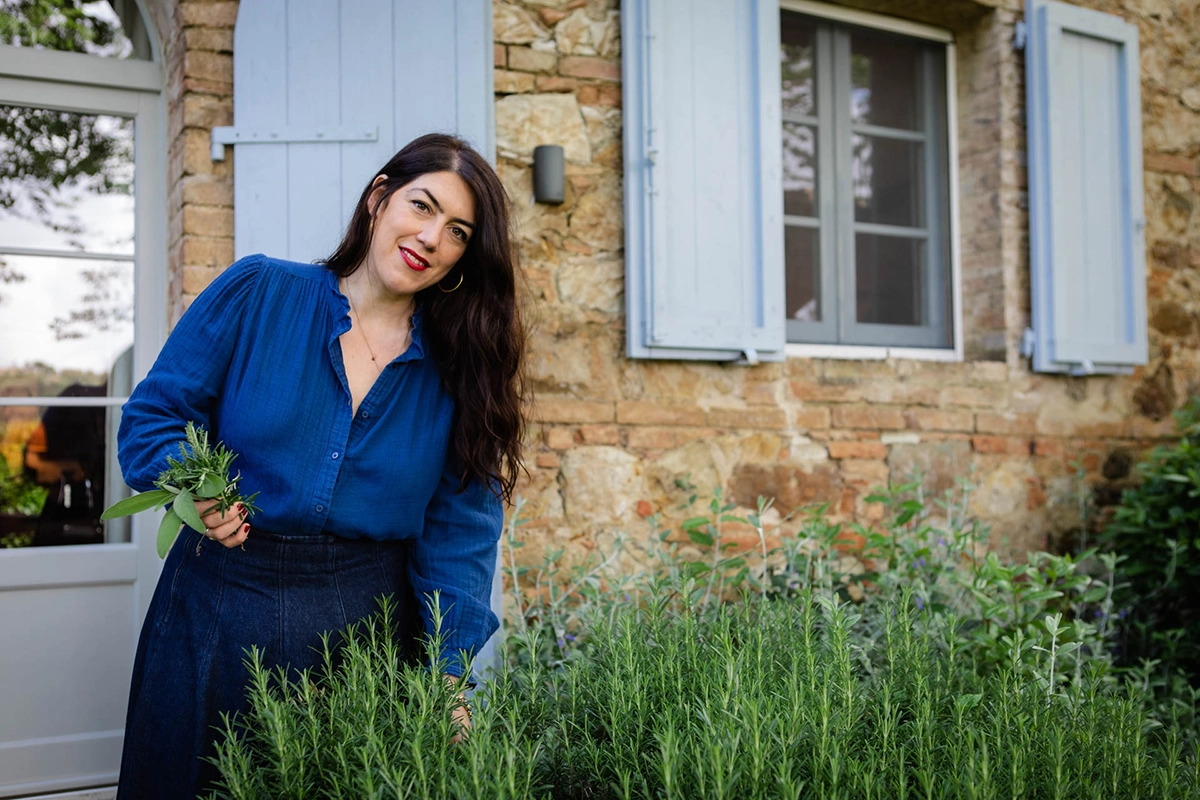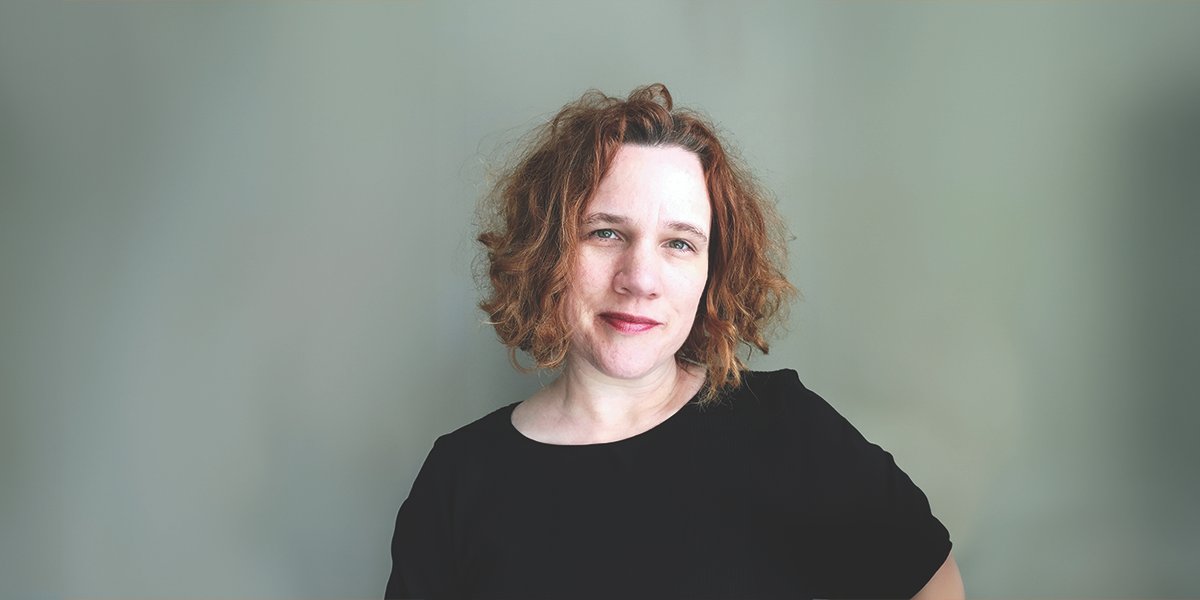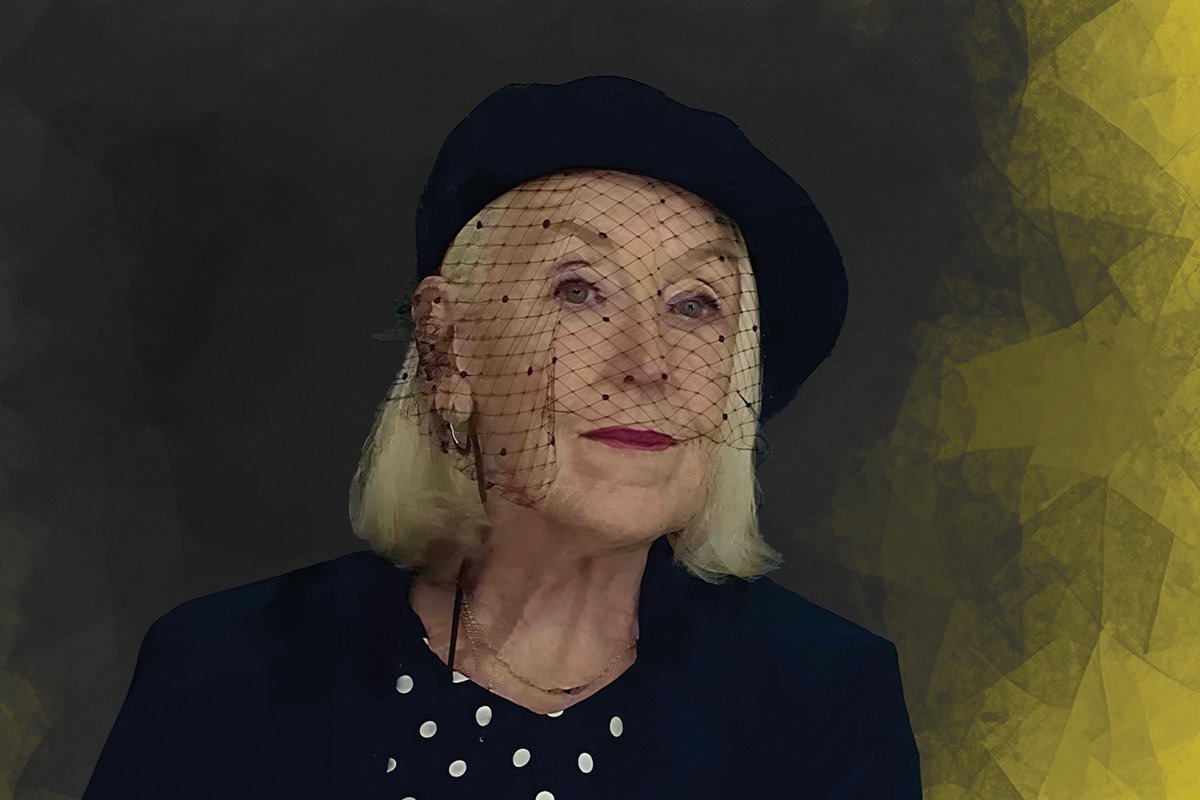Ajamu X – Exploring Sensuality and Identity through Black Queer Photography

A pioneer of darkroom photography, Ajamu X blends sensuality, identity, and politics in his groundbreaking work
Ajamu X discusses how his art celebrates Black queer bodies, intertwines sensuality and politics, and defies traditional representations through tactile darkroom photography, balancing institutional recognition with grassroots communities.
Ajamu X, an artist whose work defies conventional boundaries, is a celebrated photographer known for his unapologetic celebration of Black queer bodies and the erotic senses. His art transcends the visual, delving deeply into the realms of sensuality and materiality, using the physical process of darkroom photography to explore the intersections of identity, pleasure, and politics. Through his lens, Ajamu challenges traditional representations, shifting the focus from mere visibility to the rich textures of desire, intimacy, and the human sensorium.
Ajamu’s work has left a profound mark on contemporary photography, earning him a place in prestigious collections such as the Tate Britain and Victoria & Albert Museum, while his influence extends into alternative art spaces. His unique photographic practice, rooted in the tactile and material aspects of image-making, continues to inspire new generations of Black and queer artists to explore their identities without limitation or compromise.
Your work often centers on celebrating Black queer bodies and the erotic senses. How do you navigate the intersection of identity, pleasure, and politics within your photography, and what role does sensuality play in your creative process?
I would say that as a darkroom/fine art photographic artist , I approach identity, pleasure, and politics from a position of multiplicity, playfully yet seriously. I am constantly conscious of how these intersections are socialised and of the boundaries in public discourse ( including in our own black and queer communities ) that govern which identities, pleasures, and politics we ignore or overlook.
Sensuality is the driving force of the work. We make sense of the world through the sensorium and not simply the visual. I believe that discussions about photography and black queer cultural production have, for far too long, been restricted, to identity thinking and representation and the creative process , and those of us who work with analogue /and the darkroom ( as its own material) is strikingly overlooked. I am more concerned, with not how we think about the photograph but how it makes us feel or don’t, when we encounter the photograph and the photograph encounter us.
As the Patron Saint of Darkrooms, a title given to you by The Trans Pennine Travelling Sisters, how do you view the darkroom as both a physical and metaphorical space for your work, and what significance does it hold in today’s digital photography landscape?
The wet darkroom first and foremost keeps me in touch with the history of photography and with traditional analogue printing processes from the 1870’ in particular the Platinum print.
The darkroom is my laboratory/place of refuge , where I can shut out the world, think , improvise , experiment, take risks with papers, chemicals. In many ways the darkroom metaphorically for me represents an inner world. In today’s digital landscape or more importantly the digital has heightened our relationship to a de-materialised culture, so the darkroom not only keeps me in touch with materials/materiality in relation to touch and tactility but also with the olfactory and strong attunement to one’s own material body, emotions /feelings in the act of making and producing.
Your art challenges traditional representations of Black and queer bodies. How do you hope your depictions of eroticism and pleasure contribute to the broader conversation about visibility and agency for marginalized communities?
The work simultaneously critiques the overdetermination of pushing, the work
towards “visibility” and agency for “marginalised” “communities” and the limits of starting from this position. I am far more interested I how black queers ‘represent’ our desires , fantasies , intimacies ( either with ourselves and/or the within the networks of identities we are part off) as there are a danger in always framing our work from starting from an oppositional/binary framework. Dare I say some of the broader conversations, don’t interest me , and I say this because as a sexual/erotic being any conversations on social justice work, movement work, which does not account for pleasure , sex , the appetites and recognise those of us who are neuro spicy is limited and falls short. The next frontier for work on black and queer bodies I think will be the cognitive.
With your work being featured in prestigious collections such as the Tate Britain and Victoria & Albert Museum, how do you balance producing fine art for institutional spaces while also maintaining a connection with alternative or underground communities and galleries?
My fine art practice has moved throughout all of these spaces over the decades, I do not consider these spaces as mutually incompatible. Having said that, I will always be grateful to venues from the early 1990s that I was engaged in, such as the Black Art Gallery, the Brixton Artist Collective, and other “alternative” spaces. I was able to explore my initial concepts, take calculated risks, gain insight into the art world, and create a developing vocabulary related to my photographic visual philosophy and aesthetics thanks to these spaces.
The materiality and tactile nature of image production is a key aspect of your work. Can you speak to how the physical process of creating photographs in a darkroom enhances or influences the themes of sensuality and intimacy in your images?
The sensual material attributes of the print , surface texture , composition /lighting and the photograph as object is a key aspect of my practice. I believe that when we encounter the work of black queer photographers, we usually privilege the image’s content and ignore other aspects of the image. I approach sensuality and intimacy from a broader perspective; for me, it’s not only about the black queer bodies in the frame; it’s also about the sensuality and intimacy of the materials I work with/obsessed with. My most resent exhibition “ A Sensual Chorus of Gestures” Amanda Wilkinson Gallery included Platinum prints and my new paper obsession Toshi Washi Japanese tissue paper.
Receiving an honorary fellowship from the Royal Photographic Society is a significant recognition of your contributions to photography. How has this acknowledgment impacted your practice, and what do you see as your role in mentoring or inspiring future generations of artists?
It’s a great honour to be given the honorary fellowship and that my name and work sits alongside several photographers, many of whom have influenced my work and continue to serve as inspiration.
It is crucial, in my opinion, that the work of a black British born queer working-class photographer is included in the ‘photographic canon’ rather than merely being part of “marginalised” canon. Even as I use these words like canon , I am aware that these terms are problematic given photography’s intimate relationship to colonisation and power, cultural exclusion. I’m not sure how that will affect my practice as some doors are slower to open than others. I have had the honour of serving as an informal and formal mentor to a small number of younger black, queer, and black queer people, mostly photographers. I’m glad if the work encourages the next generation of artists, take up their rightful place in photography without apology but it’s also okay if it doesn’t.

